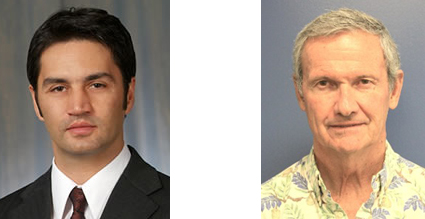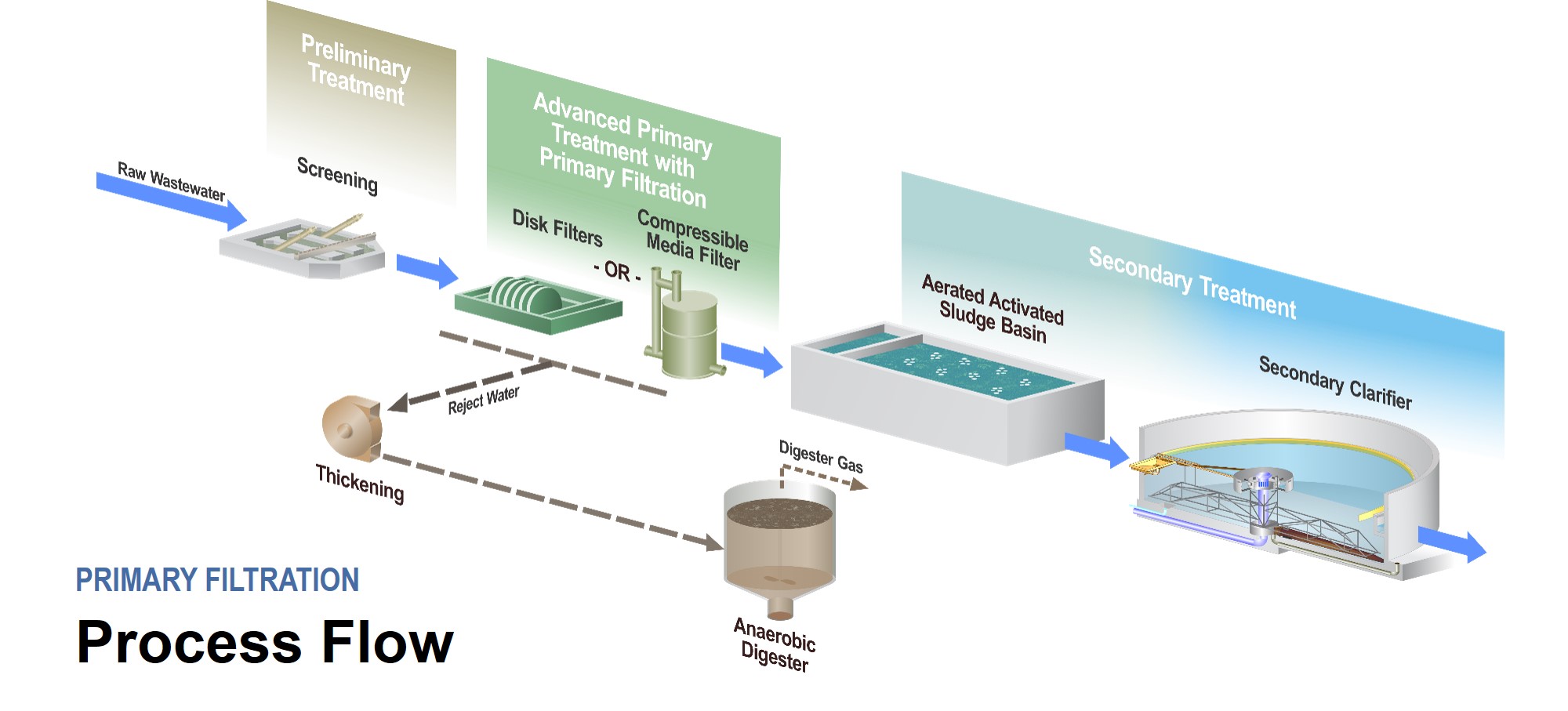As we draw closer to the 6th annual Pacific Water Conference in Honolulu, Hawai’i, we are excited to share with you Kennedy Jenks’ involvement in this conference! The American Water Works Association-Hawai‘i Section (AWWA-HI) and the Hawai‘i Water Environment Association (HWEA) are hosting the Pacific Water Conference and Pre-Conference February 19-21, 2019. Kennedy Jenks has been consistently active in the Pacific Water Conference, the largest engineering conference in Hawai’i, for years and is sponsoring the conference this year as gold level sponsors.

Kennedy Jenks attendees include:
- David Akamine
- Onder Caliskaner
- Stephen Carlson
- Stephen Esaki
- Jon Honda
- Mike Joyce
- Sean Klein
- Eassie Miller
- Alicia Nakano
- Kyle Okino
- Phil Potter
- Brad Takenaka
- Cale Yamada
We are excited for our KJ employees who will be attending the conference and are looking forward to what knowledge and skills they bring back regarding “Pūpūkahi I Mālama ʻIa Ke Kumuwai o Hawaiʻi”, or “Working Together for Hawaii’s Water Resources”. We look forward this year to hosting a dinner with KJ engineers and scientists, our clients, and wastewater expert, Dr. George Tchobanoglous.
Onder Caliskaner, Ph.D, P.E, is presenting at the pre-conference workshop on February 19th in the wastewater program track on primary filtration and microscreen. He and Professor Roger Babcock, of the University of Hawaii, will be presenting “Performance Evaluation of Four Advanced Primary Treatment Technologies”, co-authored by Onder Caliskaner, Mike Joyce (a fellow Kennedy Jenks engineer), and Professor Roger Babcock.

Check out a sneak peek of what Onder will be discussing:
 “Primary clarification has been employed at water resource recovery facilities (WRRFs) for many decades to remove suspended particles and organic material upstream of the secondary treatment process. The need for improved treatment and energy efficiency has led to many advancements in treatment technologies including primary treatment. Several technologies have emerged to provide a more effective primary treatment with a reduced footprint and decreased operational and maintenance requirements compared to conventional primary clarifiers. These advanced primary treatment (APT) technologies may also offer enhanced carbon redirection at WRRFs, resulting in additional energy and capital cost savings from decreased aeration energy requirements, increased digester gas energy production, and reduced sizing of secondary treatment facilities (or increased secondary treatment capacity of existing facilities). There are several emerging APT technologies at WRRFs. Following APT technologies have been tested between 2016 and 2018 using similar influent wastewater characteristics: (1) primary filtration (using cloth depth filter media), (2) Micro-screen, (3) dissolved air floatation/clarification integrated with biological treatment, and (4) chemically enhanced high rate separation. Testing durations ranged from 3 months to 4 months for each of the technologies evaluated. Biological Oxygen Demand (BOD) and total suspended solids (TSS) removal efficiencies have ranged between approximately 30 and 65 percent and 50 and 85 percent, respectively for these four APT technologies. This presentation will provide an overview of the four APT technologies. Observed treatment and hydraulic performances of the APT systems will be presented with an emphasis on potential benefits and disadvantages compared to conventional primary clarification.”
“Primary clarification has been employed at water resource recovery facilities (WRRFs) for many decades to remove suspended particles and organic material upstream of the secondary treatment process. The need for improved treatment and energy efficiency has led to many advancements in treatment technologies including primary treatment. Several technologies have emerged to provide a more effective primary treatment with a reduced footprint and decreased operational and maintenance requirements compared to conventional primary clarifiers. These advanced primary treatment (APT) technologies may also offer enhanced carbon redirection at WRRFs, resulting in additional energy and capital cost savings from decreased aeration energy requirements, increased digester gas energy production, and reduced sizing of secondary treatment facilities (or increased secondary treatment capacity of existing facilities). There are several emerging APT technologies at WRRFs. Following APT technologies have been tested between 2016 and 2018 using similar influent wastewater characteristics: (1) primary filtration (using cloth depth filter media), (2) Micro-screen, (3) dissolved air floatation/clarification integrated with biological treatment, and (4) chemically enhanced high rate separation. Testing durations ranged from 3 months to 4 months for each of the technologies evaluated. Biological Oxygen Demand (BOD) and total suspended solids (TSS) removal efficiencies have ranged between approximately 30 and 65 percent and 50 and 85 percent, respectively for these four APT technologies. This presentation will provide an overview of the four APT technologies. Observed treatment and hydraulic performances of the APT systems will be presented with an emphasis on potential benefits and disadvantages compared to conventional primary clarification.”
We wish our employees, clients, and fellow conference attendees safe travels and a productive time at the Pacific Water Conference. We can’t wait to hear all about the conference when you’re back.

